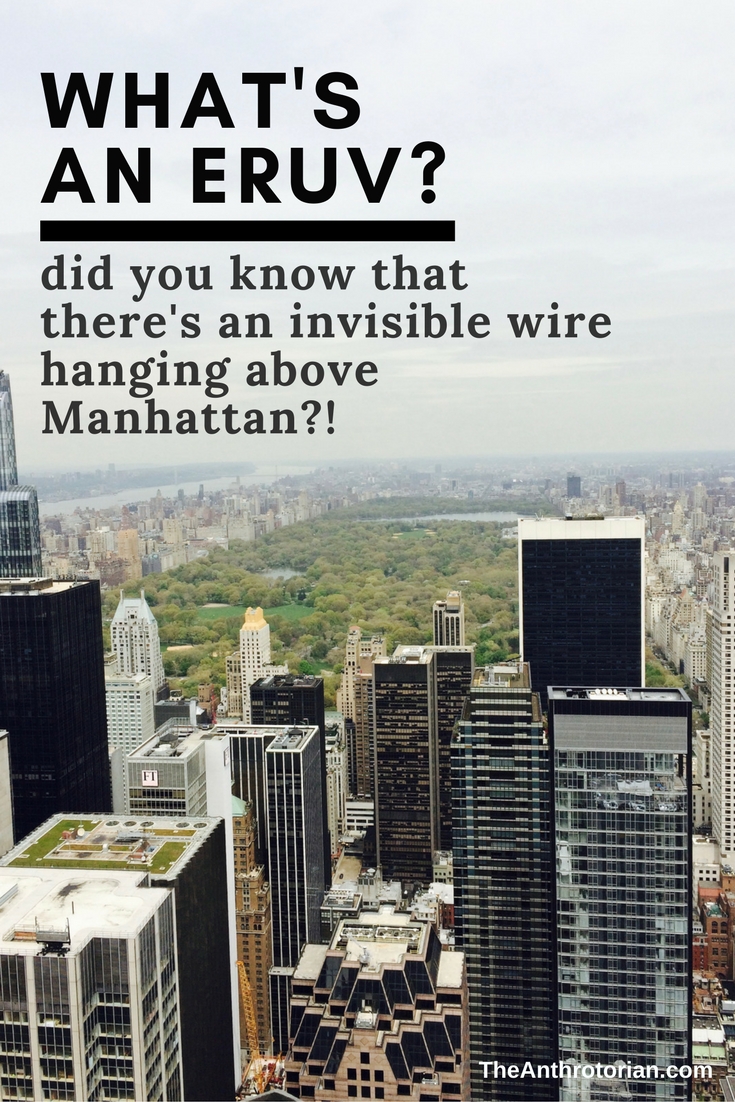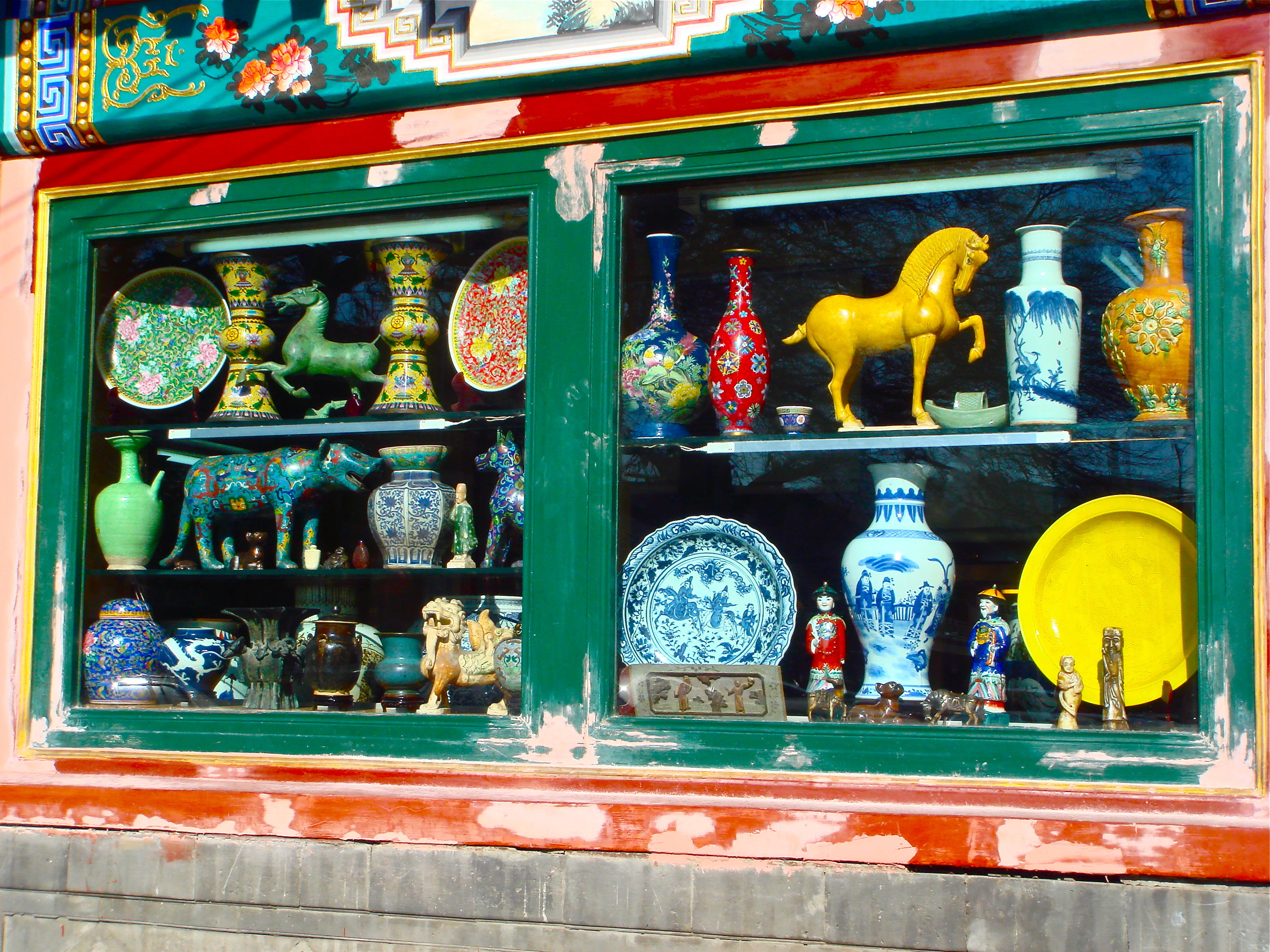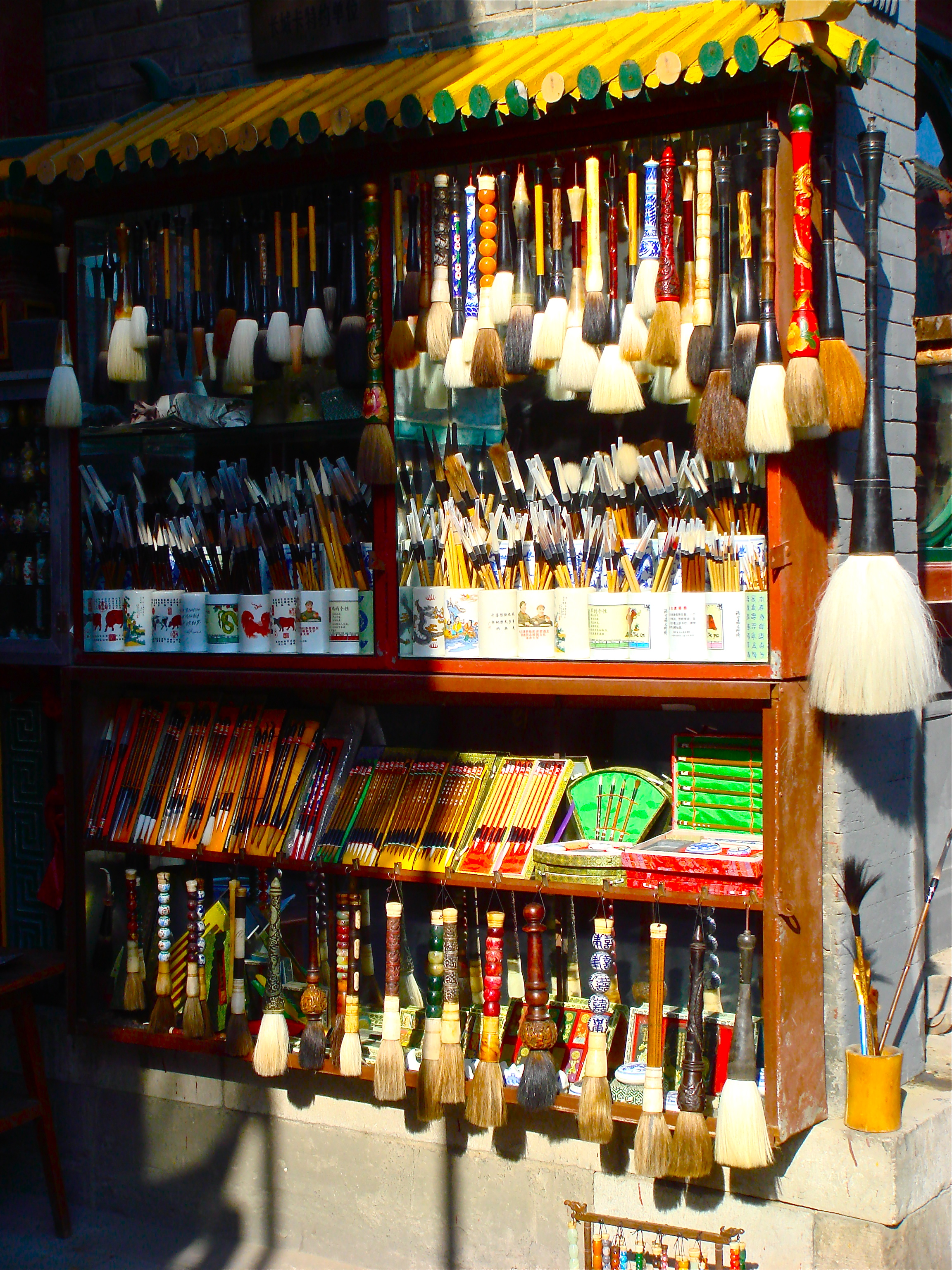According to water.org, 3.575 million people die each year from water related diseases.
For those of us who are lucky enough to call countries that have fresh, clean drinking water home, it is important to remember that the majority of the places we will travel to are not so lucky.
It's easy to forget the brushing your teeth, having a shower, or needing to wet a dry throat in the middle of the night that the water might not be safe to drink.
Here are a few things to keep your tummy safe on your next trip:
NEVER drink tap water unless you are 100% sure that it is safe (so basically never).
Bottled water is usually ok, but make sure you check the seal carefully before you buy. I have heard of scams where shop owners will refill old bottles with tap water and then put them back on the shelves.
Pack iodine tablets. They are lightweight, don’t take up much room and will be lifesavers if you ever find yourself with no access to clean water.
If your trip is going to involve isolation (example: mountains in Tibet or the Gobi Desert), I recommend picking up an actual water filter and/or purifier. Many of them are now made to easily connect to a water bottle and come with small hand pumps.
Boiling water is still the best way to purify it. You can purchase small electrical coils for this purpose at most outdoor/travel stores.
When eating or drinking in restaurants, avoid ice or fresh juice unless you can confirm that both were made with filtered water. The same goes for tea and soup that may not have been brought to a boil.
Be careful not to swallow any water when brushing your teeth (or just use bottled water) and showering.
When in doubt, end your day of touring with a shot of hard liquor or a beer, and hope that the alcohol will kill any parasite that you swallowed with your water!






























